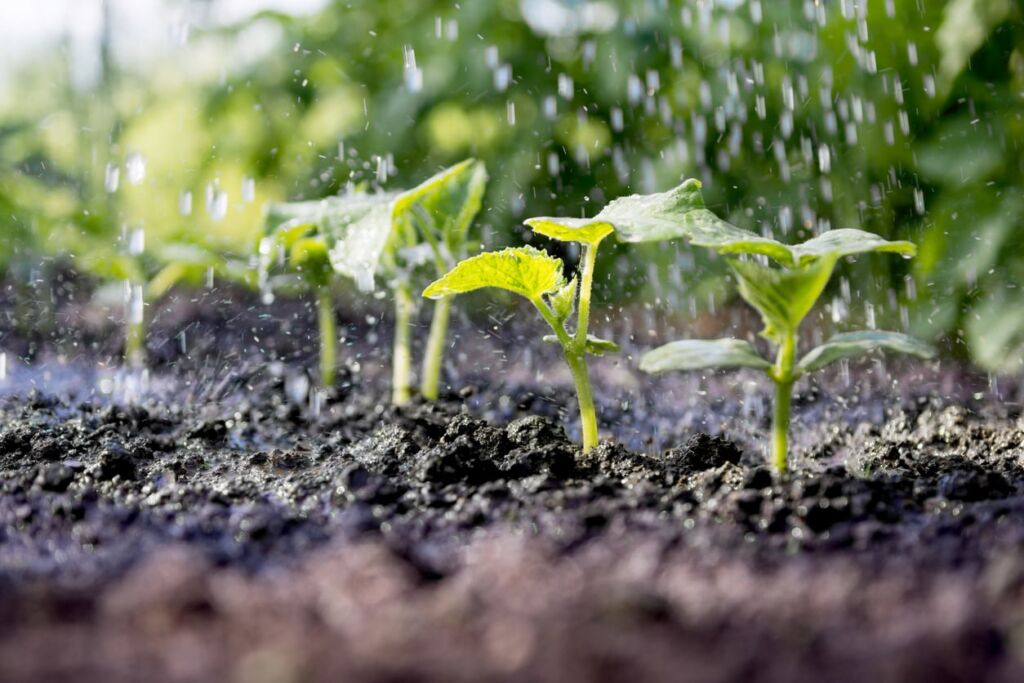
Gov. Newsom signed Senate Bill 67, finally bringing into focus appellations, French for “to be called.” Ex. Je M’Appelle Mike. The use of appellations is fairly recent, examples present in such places as France for various regional cheeses, honey, lavender, etc., though that hasn’t translated as well over here: the US has no appellations of origin whatsoever. Instead, we have American Viticultural Area (AVA), which is simply a matter of geography, not process, and pertains to wine. Our American designation does not include product requirements related to how things are grown, local plant diversity, or have regional specific qualitative standards.
Origin stories can often be captivating. Objects of desire or the supernatural – think wine or vampires – wind themselves through history, and can often either degrade or get smothered in varnish as they commune from person to person. Typically, by the time they arrive to us at present day, they’re entirely different then when they left the starting line, ever so slightly present in the zeitgeist but without a past to anchor it in.
Cannabis is interesting in that you have the concept of a domesticated plant, with origins that are not certain yet met with healthy speculation. The “original” wild ancestor of cannabis has never been discovered, and likely no longer exists, but we do know that ancient cannabis is associated with steppe environments, extending back to potentially the northeastern area of the Tibetan Plateau (see, it’s a journey). From this plateau, it’s spoken that it traversed to Eastern Europe, where domestication of the cannabis plant started to take hold, before moving to Eastern Asia and elsewhere. Cannabis wouldn’t reach the Americas until more recently, in the last several hundred years. It’s been said that cannabis may have reached South America as early as the 1500’s, and North America within the 1800’s.
But so what? The domestication of plants is dinner fodder – fun factoids you dust off when you are actually high – not something that immediately lends itself to commercial thinking. Well, as it pertains to cannabis, that’s about to change it would seem.

With weed, having cannabis tethered to a specific place will likely augment, amplify, and/or change our understanding and orientation around weed and what we may feel inclined to pay. Mind you, this movement is still very much in it’s seminal phase, but the implications of creating, by namesake and designation, a true small, artisanal, craft, niche weed moniker that denotes location and care, is a departure from what has largely been a mass market, often story-absent corporate cannabis brand MO.
If anything, when it comes to weed, this cultural component of how it was handled in combination with where it comes from is something that will almost certainly demand a premium. It’s one things to smoke “good weed,” but I think we can safely say it’s something entirely different to smoke some of the best from Mendo’ by Mendo,’ and you know it.


